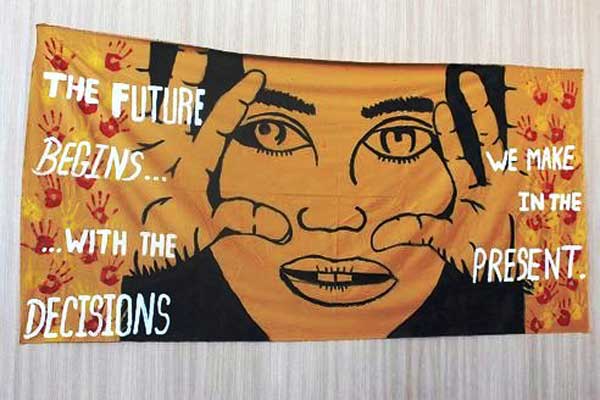Reply To:
Name - Reply Comment
Last Updated : 2024-04-23 18:56:00

.jpg) This article is the first of a two-part series on the post-2015 and the post-Millennium Development Goals (MDG) processes.
This article is the first of a two-part series on the post-2015 and the post-Millennium Development Goals (MDG) processes.rasavath Sunday, 03 November 2013 12:00 PM
excellent article, but nose so blind as those who will not see. Besides have not the ruling tribe been only interested in taking care of their own??
Enlightened note , but like poring water on a ducks back!

Add comment
Comments will be edited (grammar, spelling and slang) and authorized at the discretion of Daily Mirror online. The website also has the right not to publish selected comments.
Reply To:
Name - Reply Comment
On March 26, a couple arriving from Thailand was arrested with 88 live animal
According to villagers from Naula-Moragolla out of 105 families 80 can afford
Is the situation in Sri Lanka so grim that locals harbour hope that they coul
A recent post on social media revealed that three purple-faced langurs near t